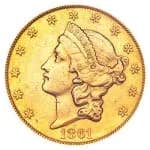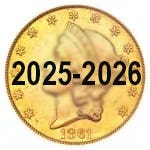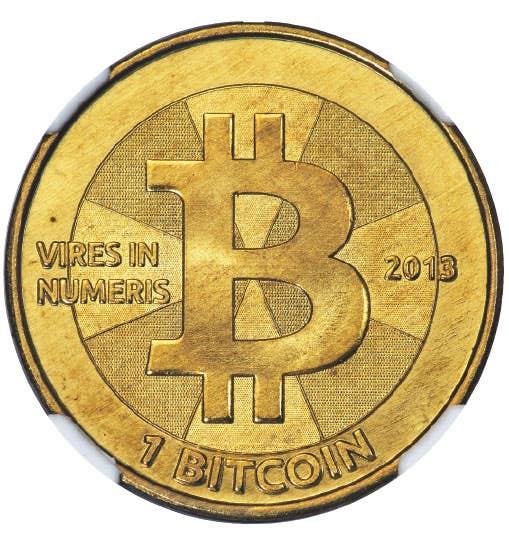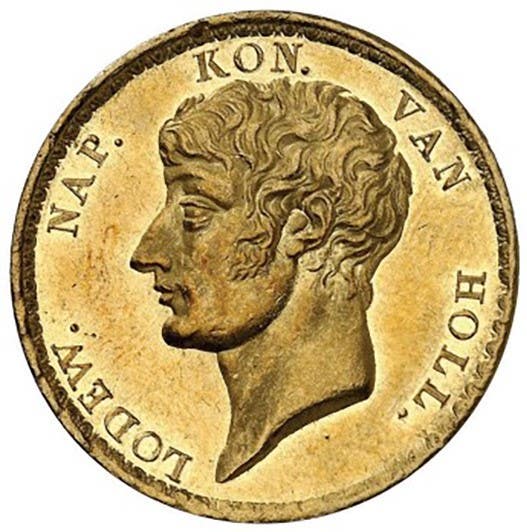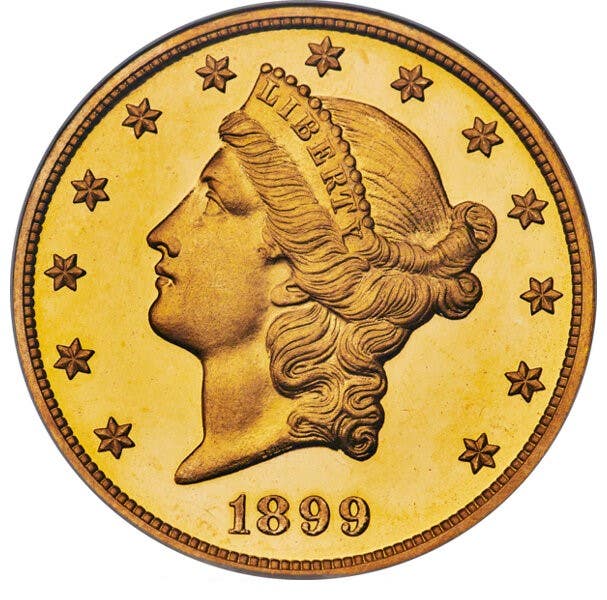Doubled Oregons now number four
Three new doubled-die Oregon quarters join the initial find reported in the Sept. 26 “Numismatic News.” All were found in mint sets.
Three new doubled-die Oregon quarters join the initial find reported in the Sept. 26 Numismatic News. All were found in mint sets issued by the U.S. Mint, and all are 2005-P quarters.
The first of the new submissions, DDR#2, is very similar to the initial find (DDR#1). The strongest doubling can be found on the tallest evergreen tree in many of the same areas. As with DDR#1, the two branches immediately below the rocky rim of Crater Lake are the strongest areas of doubling, though they are a bit less pronounced in their width of spread.
The doubling on this newer variety is more widespread, showing on branches further south than on DDR#1. The variety also differs from DDR#1 in that there is no doubling on the lower areas of the lake rim while there is additional doubling on the left side of the smaller evergreen tree (to the left of the tall tree) that is absent on DDR#1. The doubling of the shorter evergreen shows at its tip and on two branches as shown by arrows.
This variety appears to the result of a tilted and offset hub. It has been listed it as DDR#2 with credits going to Blaine T. Coffey of Montana for being first to send it in.
Interestingly, Troy Watkins of Kentucky, who found the original DDR#1, also found a DDR#2 and submitted it just days after Coffey.
Coffey also found an example of the next variety; however, in this case he shares the glory with Richard O. Wobbe of Florida, who sent in an example that arrived on the same day. This one is rather limited in doubling, restricted to the lower right corner of the volcanic island in the center of the coin design. It is now listed as DDR#3 and also appears to be a titled hub doubled die.
Kevin Zaletel of Indiana found the fourth variety. The doubling on this one is exhibited on the tops of the last two branches on the left side of the smaller tree. It is listed as DDR#4 and appears to be the result of a tilted and offset hub.
Since all four of the varieties found thus far have been in U.S. Mint Uncirculated Sets, traditionally called mint sets by hobbyists, their mintages are presumably limited to the average number of strikes that come off of dies used to create the coins for these sets. The dies from mint sets starting in 2005 have a special satin or matte finish applied to them. According to Michael White of the Mint?s office of public affairs, the satin-finish quarters for the states series strike an average of 15,000 to 20,000 pieces before being retired. Thus, the mintages for these issues will be far lower than for circulation strikes where dies may be used to strike in the mid- to upper hundreds of thousands of coins. However, with these Oregon varieties being preserved in sets, the supply is available.
As with the 2005-P-D-S Minnesota quarters where over 60 doubled die varieties have been reported so far in Numismatic News articles in recent weeks, I am going to speculate that there will be many more varieties found here too before we close the books on this design type!
Doubled dies on other state quarters (including on their obverses) may be out there to be found, too. Few of the designs have been seriously searched as of yet.
The more centralized doubling on the 2005-P Oregon DDR#3 and all the Minnesota quarters is an important key to their attribution and classification. Specialists are saying that these are the result of tilted hub/dies that are getting fully seated into proper position during the initial kiss of the hub into the die blank. The face of a die blank (referred to as a ?die block? in Mint jargon) is machined with a slightly conical configuration to aid in the flow of metal during this process. This indicates that the initial kiss of a hub into a die blank is restricted to this centralized area before continuing on to fill out the rest of the design. During this process, to create doubling, the very tip of a titled die blank would be positioned slightly off location, slightly away from the direct center of the hub, and the tiny shift into proper position would explain the misplaced area of doubling on the affected die.
However, we are now presented with the several Oregon pieces with doubling away from the center of the design. In these cases, specialists believe that both titled hub doubling and offset hub doubling are involved.
Other causes of hub doubling seem to have played a lesser role in creating any major doubled dies in recent years, ever since the single-squeeze hubbing process replaced the multiple hubbing process. The single-squeeze hubbing procedure impresses a complete design into a die with just one pass of the hub. It was introduced to U.S. coinage starting in the Mint?s fiscal year 1986, at which point it was used for master dies, working hubs and pilot tested for production dies. It was introduced to widespread use on production dies starting in 1997 and phased in for other dies over the next year or so, with some exceptions. Prior to FY 1986, all working dies were created via the multiple hubbing process that involved at least two and sometimes several impressions from a hub into a single die. This process required annealing (softening) of a partially completed die in between hubbings, and a perfect alignment between the hub and die was required for all subsequent hubbing to avoid doubling. When the alignment was off for any reason, hub doubling resulted. Perhaps the most famous from this era is the 1955 doubled die cent, but there are thousands of others ranging from minor to major in stature.
Upon the U.S. Mint?s announcement in 1996 of the wholesale introduction of the single-squeeze hubbing process to the production of working dies, along with its implications to the doubled die hobby, many collectors assumed it marked the end of new doubled dies emanating from the U.S. Mints. Many collectors stopped looking for them. This writer appeared to be the only ?lone wolf? who suggested they?d keep coming, that the process had not been fool-proofed for doubled dies in Canada where it had been introduced years earlier, and it was doubtful that it would be the end of new doubled die varieties here. Today, we see that the technology that was supposed to put an end to doubled dies is now churning them out by the dozens!
Readers finding any new Oregon quarters (or other state quarters) with doubled dies are urged to report them to me at the contact information shown below.
Ken Potter is the official attributer and lister of world doubled dies for the Combined Organizations of Numismatic Error Collectors of America and for the National Collector?s Association of Die Doubling. He privately lists U.S. doubled dies and other collectible variety types on both U.S. and world coins in the Variety Coin Register.
For more information on either of these clubs, or to learn how to get a variety listed in the Variety Coin Register, send a self-addressed, stamped business-size envelope and $0.63 to Ken Potter, P.O. Box 760232, Lathrup Village, MI 48076?0232.
Contact Ken via e-mail to Kpotter256@aol.com, or visit his Educational Image Gallery located at www.koinpro.com.

